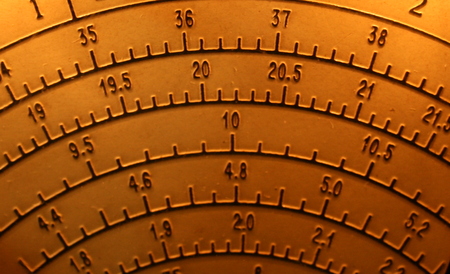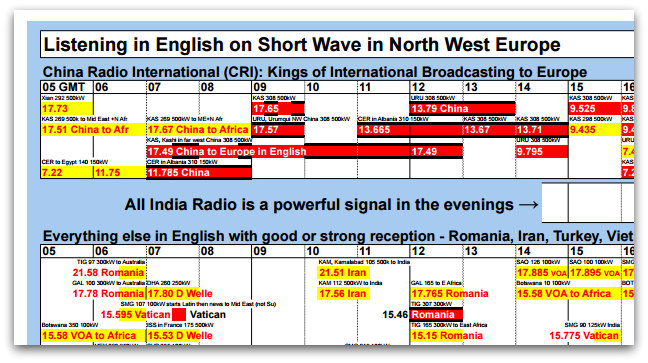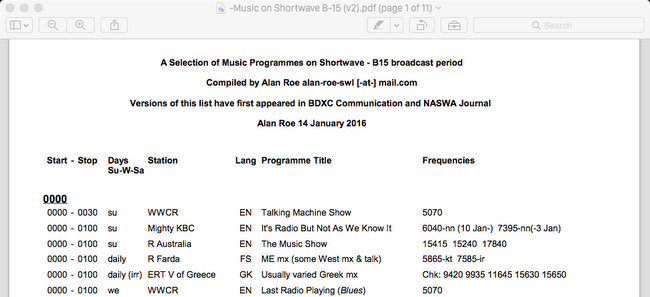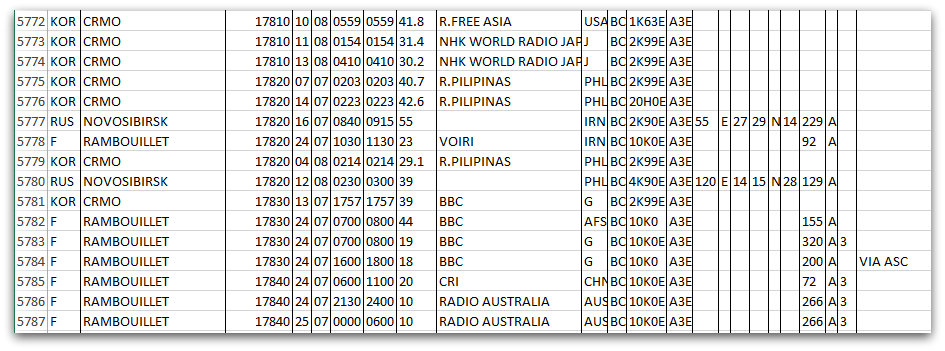 Many thanks to SWLing Post contributor, Stephen Cooper, who shares the following news about the new DigiDX broadcast:
Many thanks to SWLing Post contributor, Stephen Cooper, who shares the following news about the new DigiDX broadcast:
DigiDX is a 30 minute MFSK32 broadcast covering shortwave and DX news, radio related reviews, schedule information and listeners letters and after a success test broadcast to Europe, a broadcast for North America is planned for 0200 UTC Sunday.
Broadcasting from Channel 292 in Germany on 6070 kHz the time has been chosen to maximise chance of reception on the East Coast of North America and beyond.
The programme features the majority of the broadcast in MFSK32 but around 10 minutes of the broadcast is in the slower Olivia 64-2000 mode to test for resilience against bad propagation to North America and interference on 6070.
The tests to Europe on Channel 292 earlier this week showed good reception and near perfect decodes despite Radio China International and Vatican Radio being on the same frequency during some of the test.
To decode use FlDigi, MultiPSK or the Tivar Android app, just putting your radio next to the PC microphone or phone/tablet is enough to decode the broadcast. If you have decoded the VOA Radiogram before, DigiDX uses the same digital modes.
Please send reception reports and decodes of the text/images in the broadcast to [email protected], an e-QSL will be sent by email and on the next broadcast an e-QSL card will be broadcast over the air in MFSK32 mode as well.
For European listeners the second edition of DigiDX with an include e-QSL card from the last episode will be broadcast on 6070Khz at 1100 UTC. For information on further broadcast times like DigiDX on Facebook (https://www.facebook.com/digidx/) or follow on Twitter (https://twitter.com/Digi_Dx)
This is brilliant, Stephen! I’ll attempt to log DigiDX this weekend if conditions are fair!






